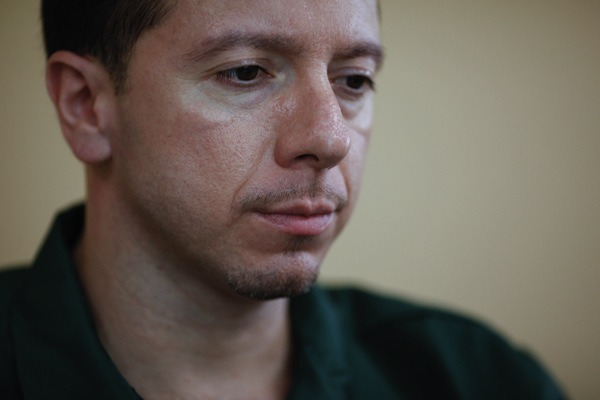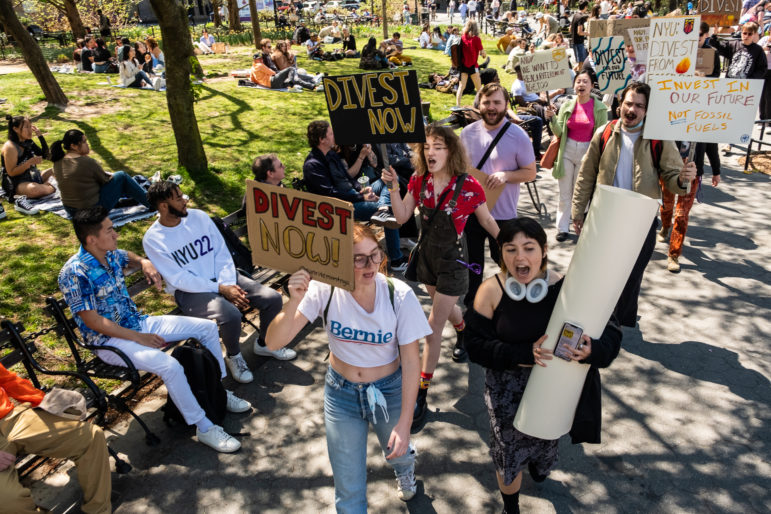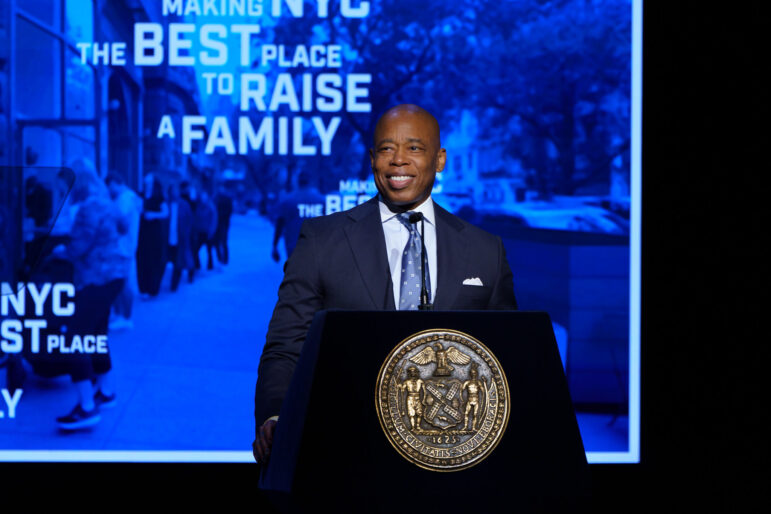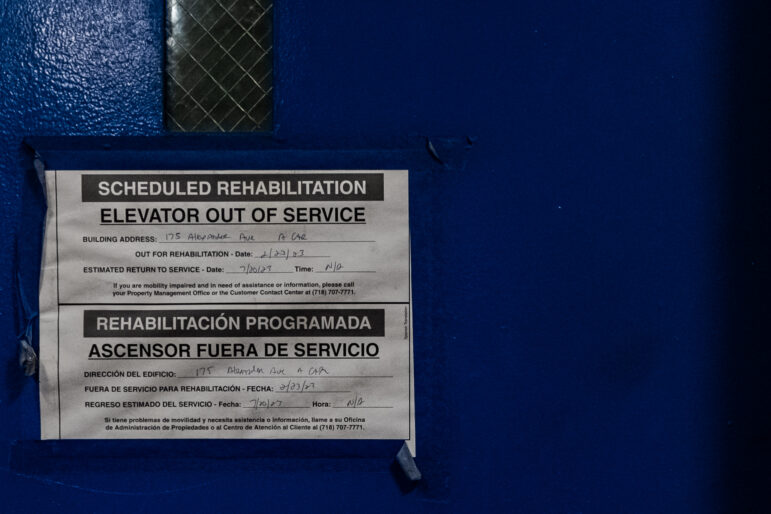
Photo by: Marc Fader
Hincapie, photographed in 2010, was convicted largely on the basis of a confession that he says was false and coerced.
A state judge last week set the next milestone in a 24-year debate over who is responsible for a notorious killing.
June 20 will see the next action on a bid by Johnny Hincapie, a 41-year-old man convicted as a teenager of a role in the 1990 murder of Brian Watkins, to throw out his the original verdict.
Court filings in the case revolve around the conflicting memories of several men who came together briefly on one wild night two decades ago, a mysterious witness known only as Ms. V and dueling renditions of what occurred inside an NYPD interrogation room.
An infamous slaying
Watkins, 22, a tourist from Utah, was slain on September 2, 1990, while defending his family from a pack of teenage muggers in the subway station at 7th Avenue and 53rd Street. The teens were part of a larger group on their way to a dance at the Roseland Ballroom, and planned the robbery as a way to come up with the $15 cover charge.
Coming as the number of homicides in the city reached incredible heights, the Watkins killing—a random murder perpetrated by a group of violent teenagers in the heart of midtown—embodied New Yorkers’ rising fear of crime. A few days after the murder, the New York Post issued exhorted Mayor Dinkins to act against disorder with its famous “Dave, Do Something!” front page.
Hincapie was convicted of second-degree murder and robbery largely because of a confession he gave. He was sentenced to 25 years to life and is now in the state’s Fishkill Correctional Facility. Six others, including the stabber Yull Morales, are also incarcerated.
As City Limits reported four years ago, Hincapie maintains his innocence: He says he was not on the subway platform when the attack on the Watkins occurred, and claims his confession was coerced. Hincapie has secured the help of famed defense lawyer Ron Kuby in pushing for a new trial. (The author of the 2010 City Limits story, freelancer and York College Professor Bill Hughes, has assisted the defense by submitting an affidavit to the court detailing his work on the story.)
Not on the platform?
Hincapie claims he didn’t need to rob anyone that night because he had money, which he’d given to a friend named Anthony Nichols to hold because his jeans didn’t have pockets. He says he was in the subway station, but on the token-booth level rather than the platform, he says—looking for the Nichols and checking out two girls with a buddy, Luis Montero. He claims he started down to the platform level to find Nichols when he saw a group of people rushing up the escalator, joined them in running away and caught up with Nichols later.
Some of the men whose memories will help determine Hincapie’s fate are now in prison. Others are living normal lives. One of the latter group is Montero, who was initially arrested for the crime but never charged and now says he and Hincapie were together on the token-booth level. Anthony Anderson, one of the men convicted in the killing and still in prison, also now says Hincapie wasn’t there during the killing. In his taped confession, another of the convicted participants—Ricardo Lopez—said Hincapie had left the platform before the killing; that statement was never read to Hincapie’s jury.
Ms. V, who surfaces in documents related to the decision not to charge Montero, could be one of the girls Hincapie says he and Montero were checking out. Her description of the encounter helped get Montero off. Hincapie’s lawyers also say that he was never definitively identified in a lineup—Brian’s mother said only that he looked “vaguely familiar—and that he confessed to the exact same role in the attack as one of the other participants confessed to have played.
Hincapie contends he was questioned without a lawyer, slapped around by a detective and ordered to memorize a statement that he then delivered.
Is the evidence ‘new’?
But Manhattan prosecutors claim thay have a witness, too: Anthony Nichols, who says Hincapie never gave him any money and never ran into him later in the evening, according to court filings. And they have statements by Hincapie himself—made during a pre-sentencing interview after his conviction—in which he admits to a role in the crime and expresses remorse.
What’s more, the DA argues in a court filing, none of the information Hincapie is now using to bolster his defense was unavailable during his initial trial. A retrial requires new evidence, and the memories of Montero and Anderson aren’t new, the DA contends.
The DA’s court filings also point out inconsistencies in Hincapie’s alibi and asks why he didn’t tell that story at his initial trial.
The two filings are presented below:








